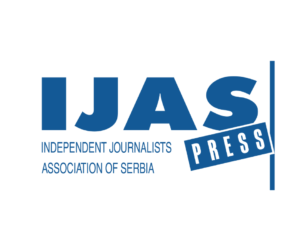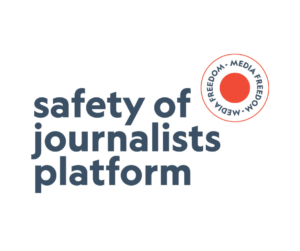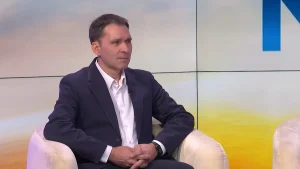The Association of Independent Electronic Media (AIEM), the Journalists’ Association of Serbia (JAS), the Independent Journalists’ Association of Serbia (IJAS), and Lokal Press point out that the evaluation of media projects and the allocation of funds within the project co-financing process continued throughout June, accompanied by numerous questionable decisions, irregularities, and a lack of transparency.
Although there is a legal obligation for public access, some local governments have not published decisions on the allocation of funds for media projects in the form of official documents, but rather as news articles or meeting minutes.
The public call in Prokuplje serves as a stark example of the concentration of allocated funds to a single media outlet. Namely, as much as 95% of the total budget—6.4 million dinars—was awarded to the local television station Most Net, while the remaining 400,000 dinars were evenly distributed among four applicants—100,000 dinars each.
The trend of decreasing budget allocations for project co-financing by local self-governments is also evident in the municipality of Golubac, which this year allocated only 100,000 dinars—the lowest in Serbia—with a maximum grant of 50,000 dinars per project.
The issue of small grant amounts was also raised by the GMinfo portal, which once again refused to accept the 100,000 dinars awarded by the municipality of Gornji Milanovac in the media project co-financing competition. The GMinfo editorial team emphasized that the amount is insufficient for the proper implementation of a project valued at over one million dinars, stating that the commission’s decision was politically motivated and served the interests of media outlets close to the local authorities.
Journalist and media associations also draw attention to the frequent appointment of the same individuals to multiple commissions, as well as the significant presence of certain independent experts—most notably Branislav Sančanin and Branimir Grulović.
Another stark example of fund concentration is seen in the results of the Ministry of Information and Telecommunications’ competition for co-financing media content in minority languages. The majority of the 60 million dinars in funding was awarded to media outlets connected to Radoica Milosavljević and Slavko Stijaković, even though these outlets mostly publish content in Serbian. According to Cenzolovka, media owned by Stijaković received 10.6 million dinars, while Milosavljević’s outlets were awarded approximately 10 million. These projects are generally thematically superficial, focused on folklore and customs, without serious coverage of issues affecting minority communities.
AIEM, JAS, IJAS and Local Press assess that the negative trend in the project co-financing process for media content in Serbia has continued this year. In many competitions, the entire process has been undermined by flawed scoring policies and criteria, the selection of commission members, project funding decisions, and the amounts awarded.
Media associations and journalist organizations once again call on the Ministry of Information and Telecommunications to more thoroughly supervise the regularity of the media co-financing process and to urgently take measures to prevent the non-transparent and irregular practices that have characterized many of this year’s competitions.
Belgrade, July 4, 2025
Association of Independent Electronic Media (AIEM)
Journalists’ Association of Serbia (JAS)
Independent Journalists’ Association of Serbia (IJAS)
Lokal Press




